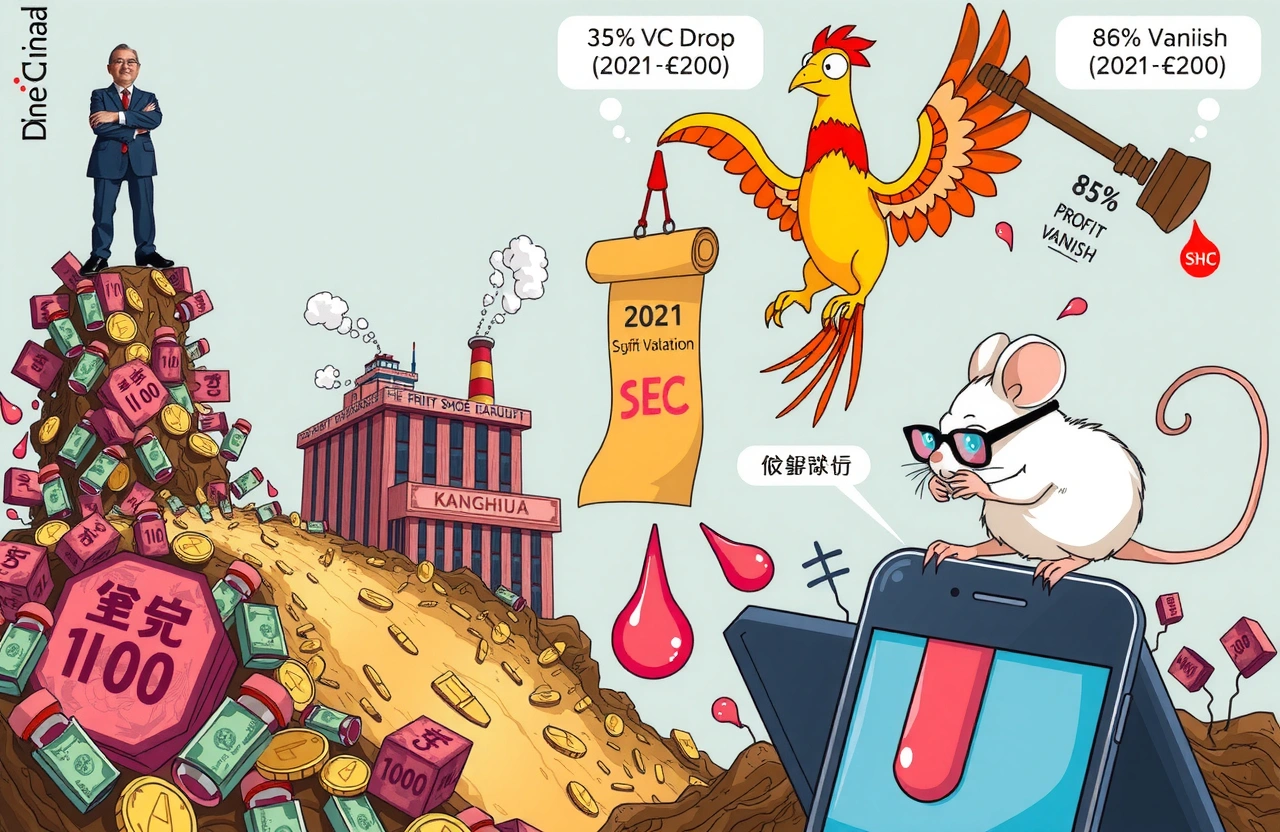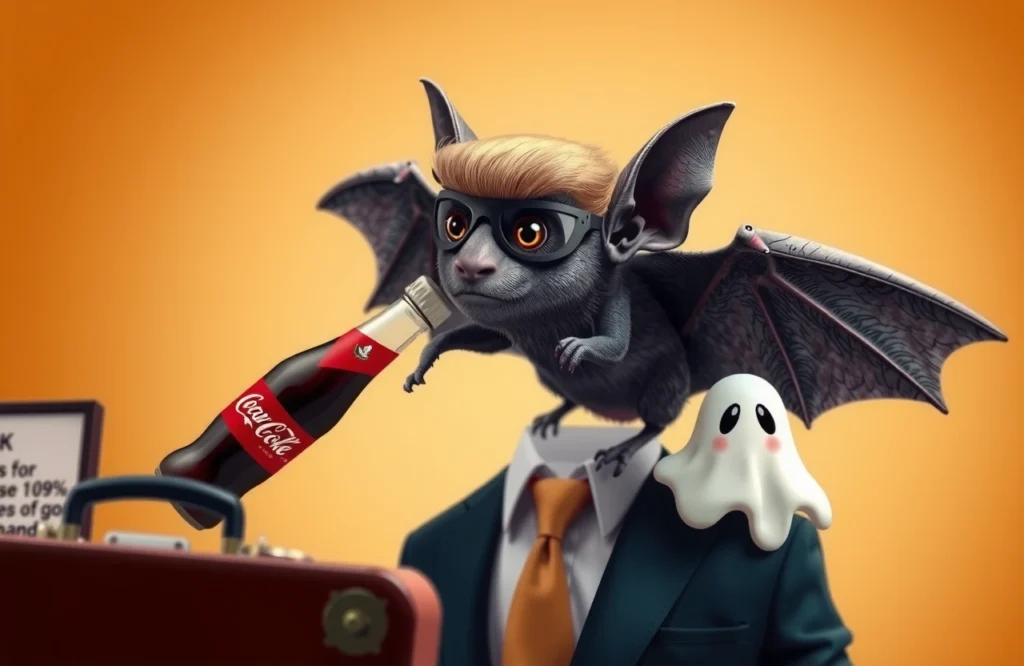China’s Vaccine Industry Enters Crisis Mode
Dramatic price wars and evaporating demand have shattered the golden age of China’s vaccine industry. Gone are the days of lucrative profit margins, replaced by widespread financial distress across the sector. Pharmaceutical giants like Zhifei Biological – distributor of Merck’s HPV vaccines – plunged from $1.2 billion annual profits into steep losses within three years. Shares have imploded 85% from their peak, vaporizing $425 billion in market value.
For smaller players like Chengdu Kanghua Biological Products Co., Ltd., the reality proves even harsher. Despite pioneering China’s first human diploid cell rabies vaccine, Kanghua’s stock has tumbled 80% over five years as investor confidence evaporated. Industry-wide pressures are forcing vaccine makers into stark choices: costly innovation attempts against global giants or strategic exits as price wars erode profits. As Collins Qian, veteran pharmaceutical analyst at Jefferies notes: “We’re witnessing Darwinian consolidation where only the best-funded will survive China’s vaccine winter.”
The Rise and Fall of Wang’s Vaccine Empire
From Plastic Sandals to Vaccine Vials
Wang Zhentao (王振滔) fought hard to escape his origins in China’s footwear industry. At 23, he scraped together $435 with partners (including Red Dragonfly founder Qian Jinbo) to establish what would become Aokang Group in 1988. The Wenzhou native revolutionized Chinese footwear retail, pioneering branded chains that propelled 1998 sales past $48 million. His breakthrough came when he staked early product warranties: “If shoes fail within six months, we pay double.”
This customer-centric approach drove Aokang International’s 2012 IPO as China’s “Men’s Shoe King.” With a $1.5 billion valuation at peak (2015), Wang built momentum for his boldest move: crossing into biotechnology. His 2004 investment in Kanghua Biological promised transformation beyond footwear. After seven grinding years of R&D, Kanghua launched its first meningitis vaccine in 2011 – a slow seller initially requiring constant subsidy from shoe profits.
Golden Age Turns to Lead
Everything changed when Kanghua’s rabies vaccine took off. Between 2019-2021:
- Revenue surged 133% to $1.77 billion
- Net profits exploded 343% to $1.14 billion
- Market valuation peaked at $9.2 billion following 2020 IPO
The windfall concealed Aokang’s weakening core business. When Yang Xiaoyan succeeded Wang as chairman, she inherited declining footwear sales. By 2022, the shoe business hemorrhaged $500 million annually despite Kanghua’s vaccine profits staying strong through 2024. But the tide soon turned brutally: Kanghua’s Q1 2025 revenue cratered 55.7% year-on-year while profits evaporated 86.14%.
Desperate Measures for Survival
Financial distress permeates Wang’s empire. Regulatory filings reveal:
- 96.31% of Wang’s Kanghua shares remain pledged
- 65.81% of Aokang Group’s Kanghua holdings collateralized
The timing reflects exhausting alternatives. Kanghua pursued international licensing deals for its norovirus vaccine candidate and plowed resources into nasal-spray flu vaccines, but funding evaporated amid China’s vaccine glut. Then came the desperation moves:
| Date | Transaction | Amount |
|---|---|---|
| Aug 2023 | Wang/Aokang sell 10M Kanghua shares | $71.8 million |
| Jul 2025 | Private equity offers for controlling stake* | $1.3 billion valuation |
*Terms still undisclosed per July 13 announcement
The Securities Regulatory Commission probe deepens Wang’s troubles. Investigators discovered $36 million in funds diverted from listed entity Aokang International between 2021-2022 – triggering public censure despite repayment.
Industry Implications: Vaccine Sector Retreat
Wang’s retreat represents a broader sector valuation reset:
- Competitors like Walvax Biotechnology now trade below P/E ratios last seen in 2018
- Venture capital funding for biotech startups declined 65% year-on-year per Bain & Co analysis
- Pfizer and AstraZeneca gained Chinese vaccine market share amid price-cutting
Shanghai Pharma’s Zhang Yujiao sees unavoidable consolidation: “We’ll see smaller players selling portfolios by year’s end.” Available routes forward appear bleak: either compounding high-risk R&D bets beyond China’s borders or seeking acquisition lifelines.
Exit Strategy: Survival Over Sentiment
For Wang Zhentao, selling Kanghua Biological represents hard-nosed pragmatism. The choice offers immediate financial relief through liquidity injection, while repositioning Aokang’s footwear business as the core asset requiring attention. Should negotiations succeed, it could orchestrate a graceful sector exit ahead of competitors.
Investors should monitor deal specifics closely – particularly buyer qualifications to safeguard Kanghua’s R&D pipeline. With nationwide vaccine inventories requiring 18 months to normalize according to China Association for Vaccines projections, Wang’s departure may mark the foremost domino in China’s pharmaceutical recalibration. For entrepreneurs navigating polarized sectors? Perhaps the sharpest lesson lies ahead: diversify vertically, not horizontally.




